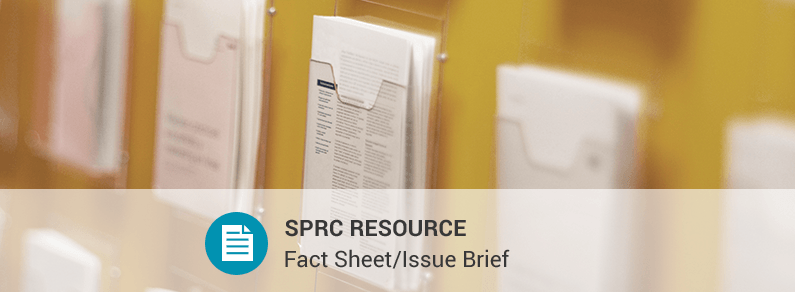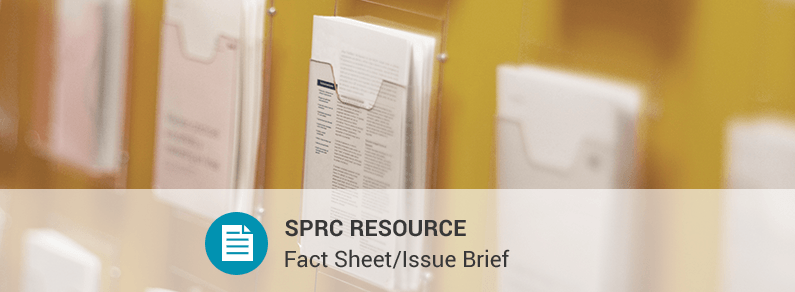One of a series of actionable knowledge briefs to help integrate research into suicide prevention efforts in local communities, this resource uses examples from each of the three GLS programs to illustrate how they used the principles of the CDC’s actionable knowledge process to put science into action to prevent suicide and other forms of violence. It provides an overview of the actionable knowledge concept and looks at how research and evaluation were used to develop tools to choose, implement and evaluate gatekeeper training programs (Tennessee Lives Count); put focus on effective student risk data collection (Maine Youth Suicide Prevention Program); and produce culturally appropriate tools for tribal leaders, youth serving professionals, and parents of tribal/Native youth (Native American Rehabilitation Association’s Life is Sacred Native Youth Suicide Prevention Program). A worksheet is included where communities can apply the concepts to their own programs.


